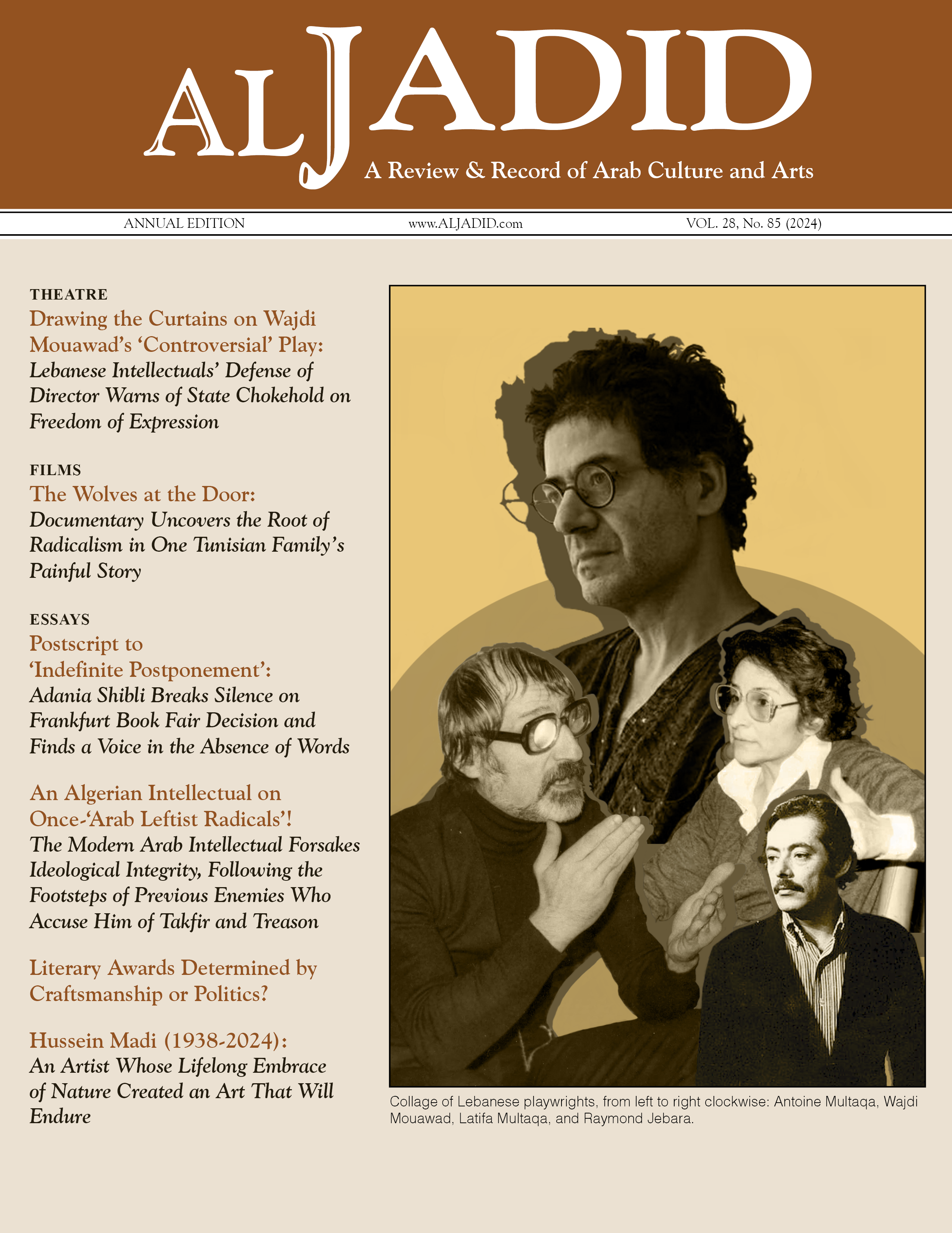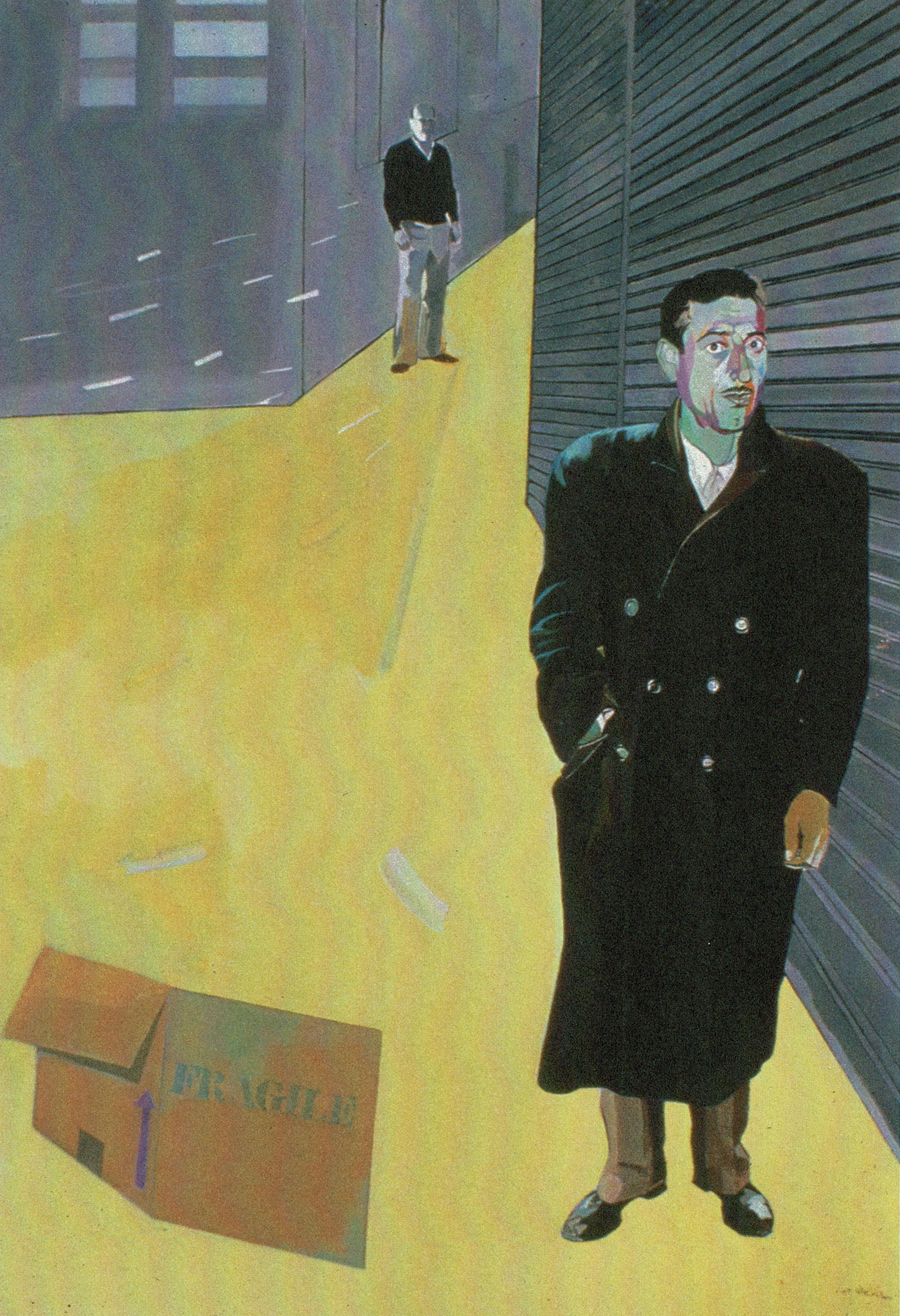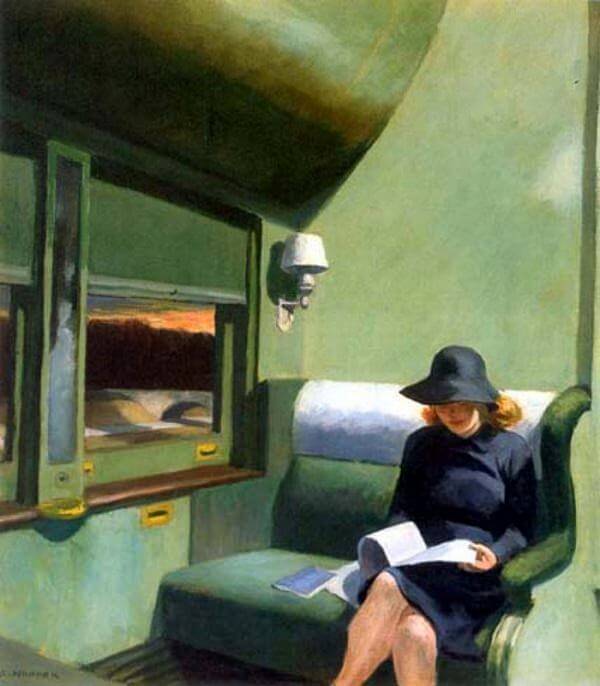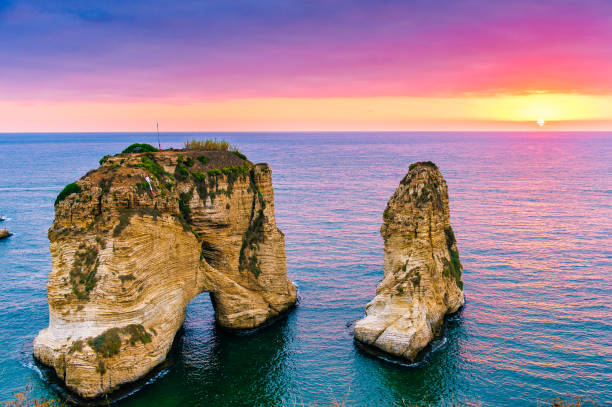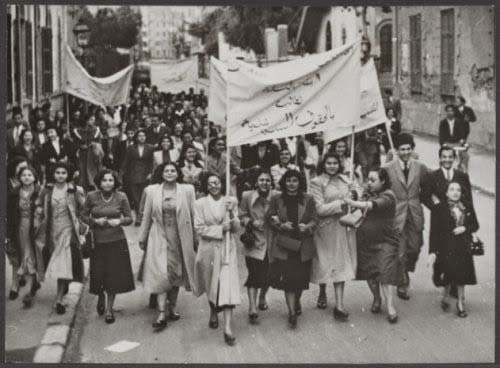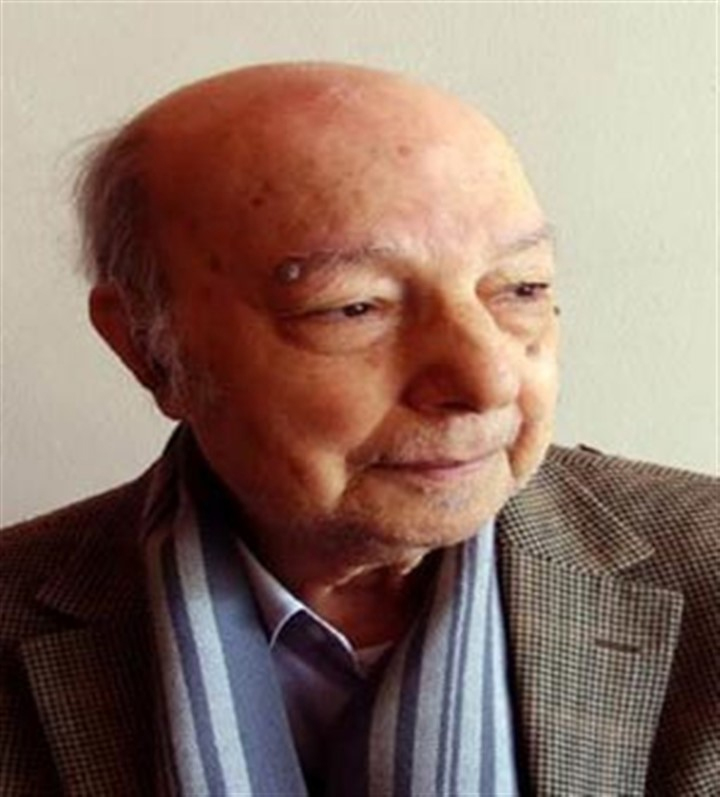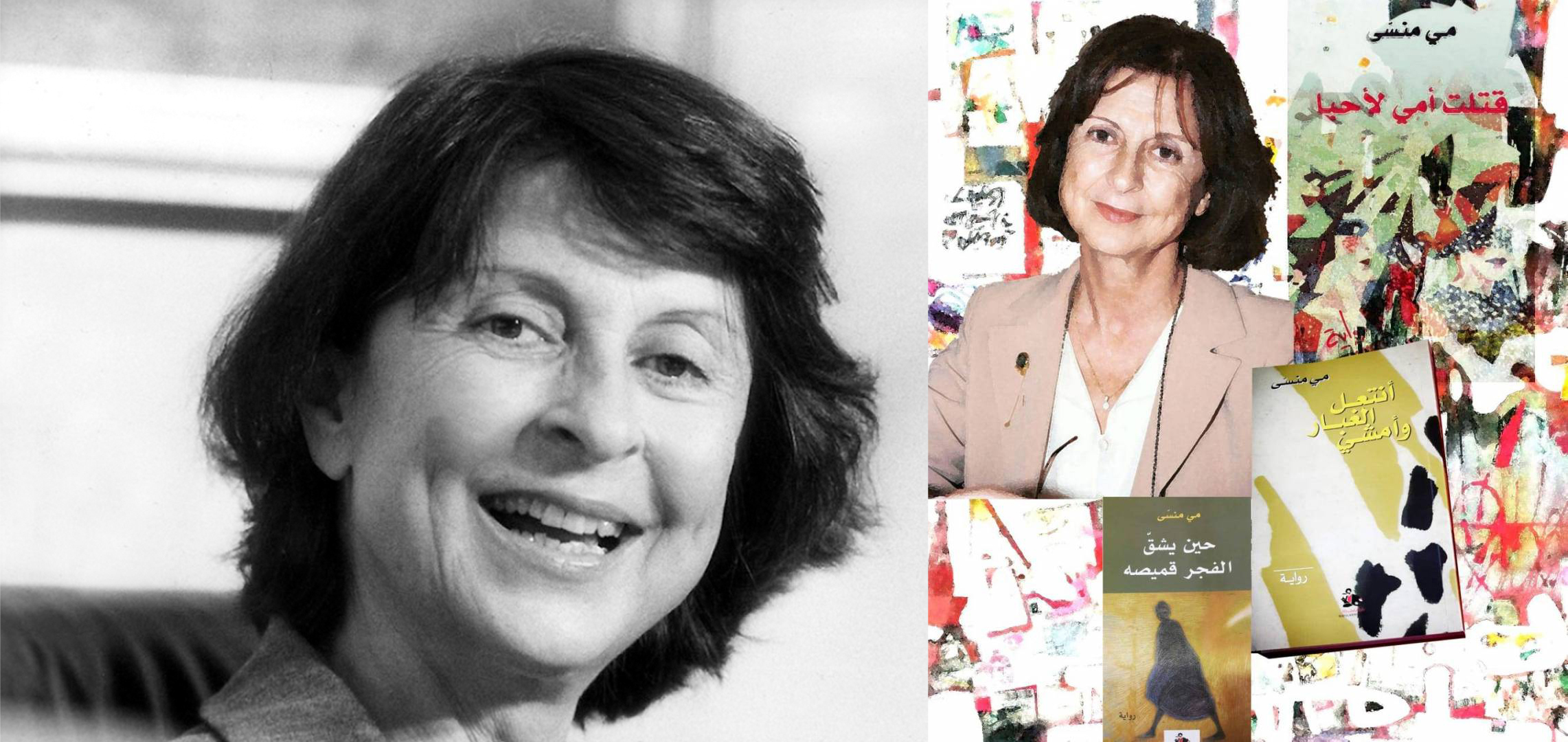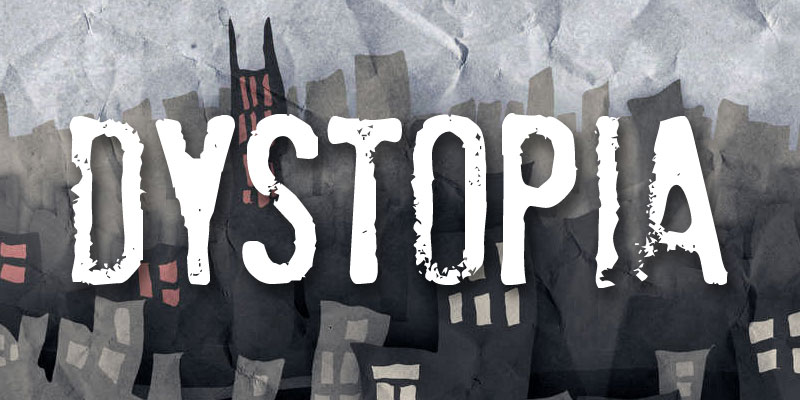
New Book Places Famed 20th Century Lebanese Beauty and Unappreciated Intellectual May Ziadeh at Center of Controversy Now as Then
Forthcoming in Al Jadid
May Menassa (1939-2019): Journalist, Novelist Wrote in the Black Ink of War and Tragedy
The Lebanese Civil War (1975-1990) spurred the production of a vast literature. Yet only a small fraction of these books, novelsand memoirs are available in English. An even smaller portion received wide attention through reviews or publicity campaigns. This leaves a void in the English language about the literature of this war. This essay highlights one novelist’s contributions in the Arabic literature of the war as well as a brief glimpse into her life.
Jocelyne Saab: A Just Life
Filmmaker, Journalist, Photographer, Fighter for Justice Dies at 70
Jocelyne Saab belonged to a generation of Lebanese filmmakers and artists, often described as progressive and leftist, that emerged before, during, and after the Lebanese Civil War.
Leila Slimani: Demolishing Barriers with Literature and Francophone Values
Beyond her award-winning novels, the public knows Moroccan-French novelist Leila Slimani for her advocacy of francophone values, promoting the French language, a culture of diversity and openness, as well as for her support for women’s rights. During the French presidential elections, Ms. Slimani accompanied President Emmanuel Macron in his visit to Morocco, encouraging Moroccan-French citizens to vote for him against the right-wing and ethnocentric Marine Le Pen.
Dystopic Trends in Modern Arabic Literature
In the first two decades of the 21st century, the Arabic literary scene has witnessed a new trend in fiction in the form of a dystopian narrative. Where Arabic research has mainly focused on Classic Western utopias as characterized by the writings of Thomas More, Tommaso Campanella, Samuel Butler, and 20th-century Western dystopian fiction, the rise of Arabic authors exploring the dystopian genre has caught the attention of Western readers.


